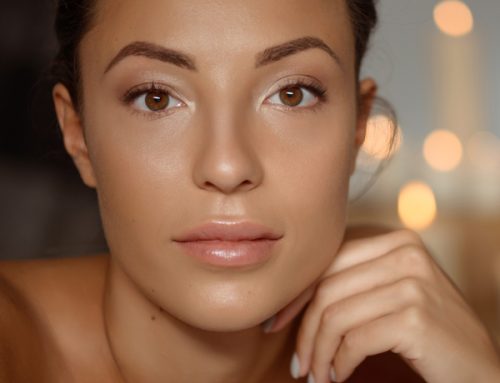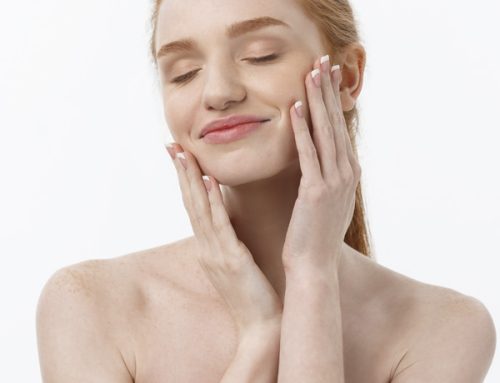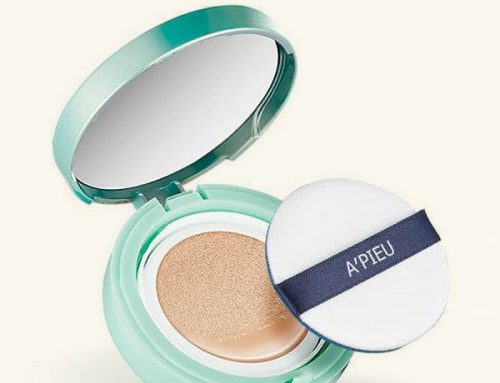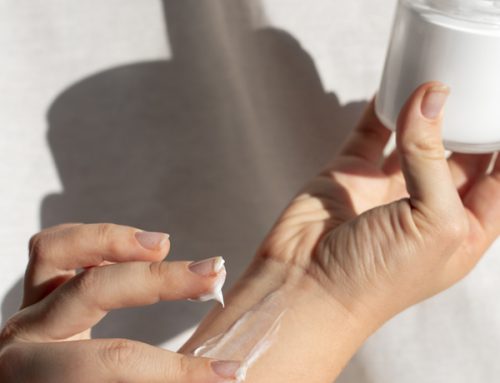Study: Could wrinkles be partly linked to the skin microbiota diversity?

The emergence of wrinkles, fine lines, and other age-related indicators is commonly attributed to factors like reduced collagen production, sun exposure, lifestyle choices, and environmental influences. However, an international research team has uncovered a remarkable connection, suggesting a potential correlation between skin aging and the microbiome—referring to the collection of microorganisms residing on the skin’s surface.
While aging, sun exposure, tobacco, and pollution have traditionally been cited as primary contributors to skin aging, recent research from the Center for Microbiome Innovation (CMI) at the University of California, San Diego, and L’Oréal Research & Innovation indicates that the skin microbiome, consisting of bacteria on the skin, may also significantly influence the appearance of wrinkles, fine lines, and crow’s feet.
Dr. Se Jin Song, the corresponding author and CMI director of research, explains, “Previous studies have indicated that the composition of microbes on our skin undergoes predictable changes as we age. Our skin also undergoes physiological changes with age, such as the development of wrinkles and increased dryness. However, there is variability in how aging manifests in individuals—some individuals exhibit skin that appears younger or older than their chronological age. Using advanced statistical methods, we were able to distinguish the microbes associated with specific aging signs, such as crow’s feet wrinkles, from those associated solely with chronological age.”
The researchers arrived at these findings by analyzing data from 13 skin health studies conducted by L’Oréal over recent years, involving over 650 women aged 18 to 70. They examined not only clinical skin data but also data related to bacterial identification and classification. Their study, published in the journal Frontiers in Aging, reveals a positive correlation between microbiome diversity and crow’s feet wrinkles, located at the outer corners of the eyes.
Conversely, the study indicates a negative correlation between microbiome diversity and transepidermal water loss, which occurs when the skin barrier is compromised due to aging.
This research has identified potential microbial biomarkers that require further investigation. While it’s premature to infer causation or practical insights from the current results, they provide valuable directions for future research aimed at better understanding the relationship between the microbiome and skin aging.
Co-author Qian Zheng, head of advanced research, North America at L’Oréal, states, “This research breaks new ground in identifying microbial biomarkers associated with visible signs of aging like crow’s feet wrinkles. It represents a significant stride toward developing technologies for healthier, more youthful skin. We anticipate sharing additional findings as they emerge, contributing to the scientific community’s knowledge and the development of innovative skincare solutions.”
The next phase of research will focus on pinpointing specific microbiome biomarkers linked to skin aging.





